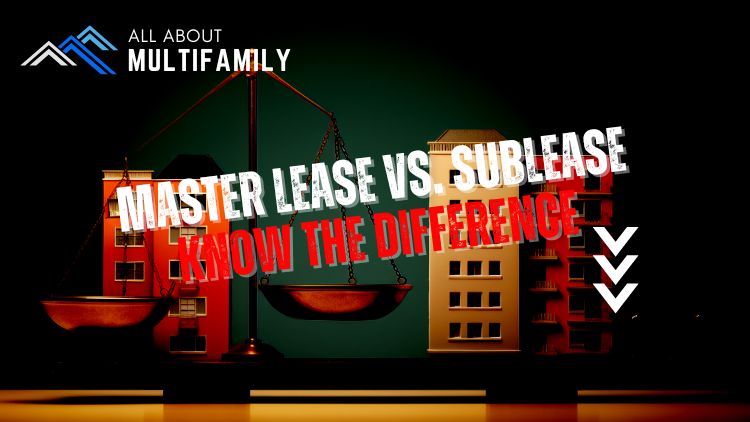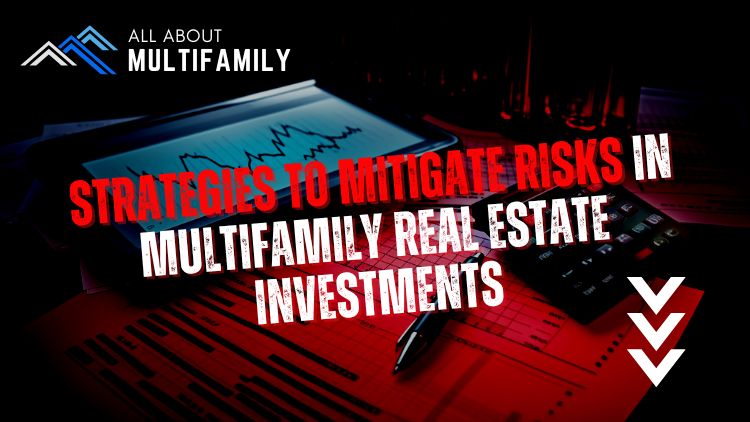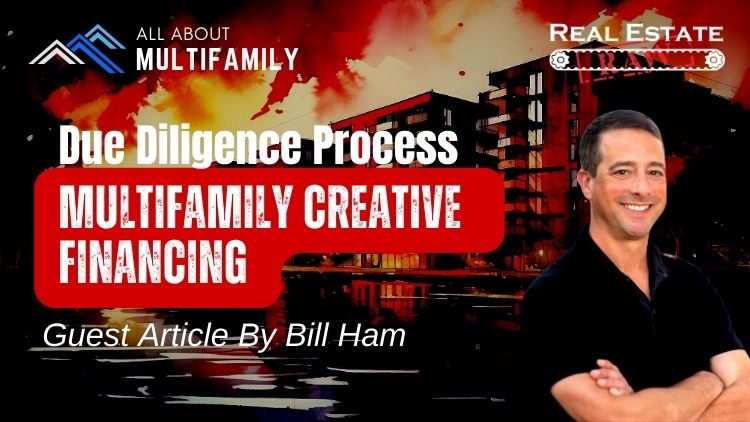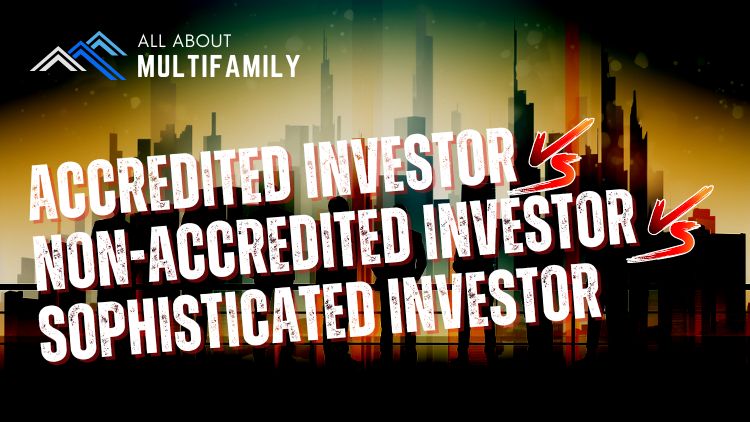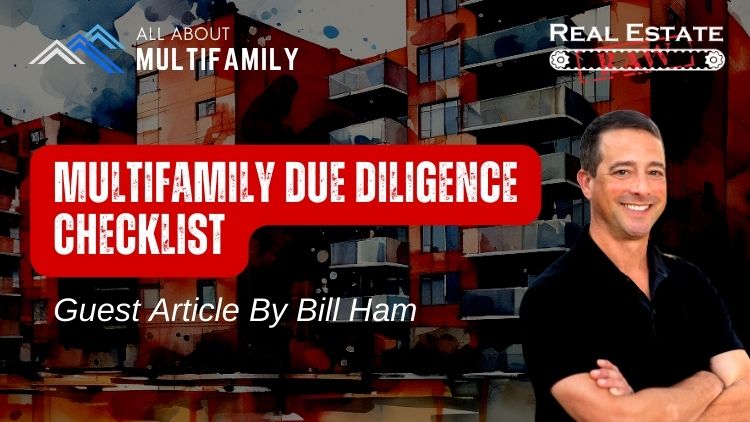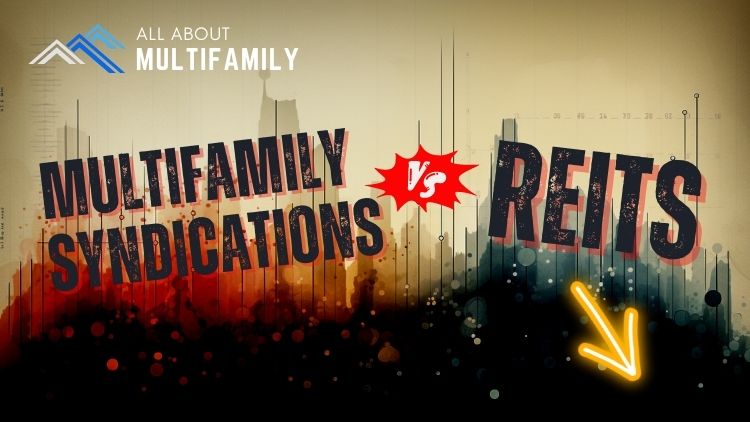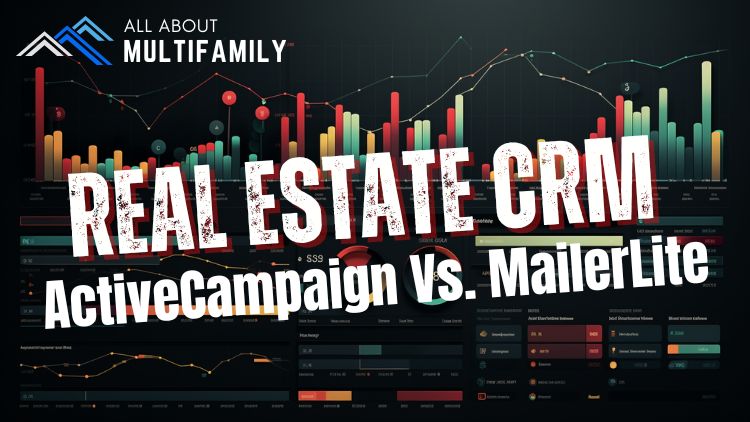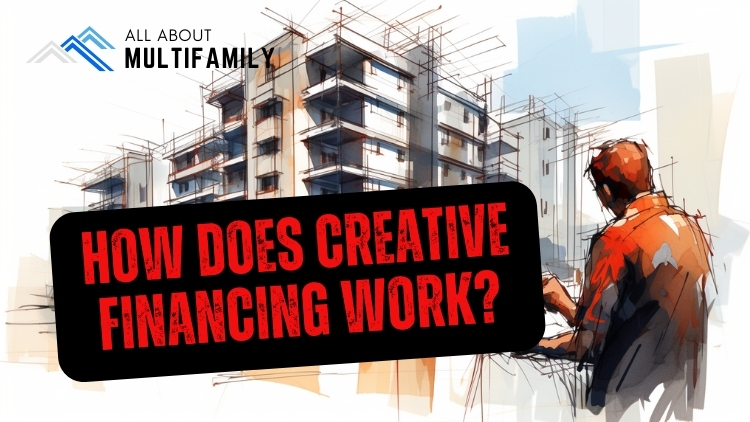Capital expenditures (CapEx) are significant expenses incurred by multifamily real estate investors to maintain, improve, or upgrade their properties. These expenses are essential for preserving the property’s value, attracting tenants, and ensuring the long-term profitability of the investment. In this article, we will explore different types of capital expenditures that multifamily investors should be familiar with.
- Roof Replacement: The roof is one of the most critical components of a multifamily property. Over time, roofs can deteriorate due to weather conditions or general wear and tear. Investing in a roof replacement when necessary is crucial to prevent water leaks, protect the interior of the building, and maintain the overall structural integrity.
- HVAC System Upgrades: Heating, ventilation, and air conditioning (HVAC) systems play a vital role in providing comfort to tenants. Upgrading HVAC systems can enhance energy efficiency, reduce utility costs, and improve tenant satisfaction. It is essential to invest in regular maintenance and consider upgrades to newer, more efficient systems when needed.
- Exterior Renovations: The external appearance of a multifamily property greatly influences its curb appeal and tenant attraction. Exterior renovations may include painting, landscaping, parking lot repairs, and the installation of amenities like outdoor seating areas or recreational spaces. These enhancements can elevate the property’s aesthetic appeal and overall value.
- Unit Renovations: Upgrading individual units is an effective way to attract quality tenants and command higher rental rates. Unit renovations may involve updating kitchens, bathrooms, flooring, fixtures, and appliances. By modernizing and improving the living spaces, investors can increase rental income and maintain a competitive edge in the market.
- Common Area Improvements: Common areas, such as lobbies, hallways, staircases, and laundry rooms, contribute to the overall tenant experience and satisfaction. Investing in common area improvements, such as new flooring, lighting fixtures, and furniture, can enhance the property’s appeal and create a more welcoming environment for residents.
- Energy-Efficient Upgrades: Implementing energy-efficient upgrades not only reduces the property’s environmental impact but also lowers utility costs for both tenants and investors. Examples of energy-efficient upgrades include installing LED lighting, upgrading insulation, using programmable thermostats, and incorporating renewable energy sources like solar panels.
- Safety and Security Enhancements: Ensuring the safety and security of tenants is of utmost importance for multifamily investors. Capital expenditures in this area may include installing or upgrading security systems, fire alarms, sprinkler systems, and secure entry systems. These investments help protect tenants and their belongings, enhancing their overall living experience.
- Infrastructure and Systems Maintenance: Regular maintenance and repairs of infrastructure and systems are essential to prevent costly emergencies and extend the life of the property. This includes maintaining plumbing systems, electrical systems, elevators, and parking structures. By proactively addressing maintenance needs, investors can avoid major disruptions and costly repairs down the line.
- Accessibility Upgrades: Making a property accessible to individuals with disabilities is not only a legal requirement but also a way to cater to a broader tenant base. Accessibility upgrades may involve installing ramps, handrails, accessible parking spaces, and modifying common areas to meet accessibility standards.
- Technology Integration: Embracing technology can improve the overall tenant experience and streamline property management operations. Examples of technology integration include installing smart home devices, implementing online rent payment systems, and utilizing property management software for efficient communication and streamlined processes.
Multifamily real estate investors should carefully evaluate and prioritize capital expenditures based on their property’s specific needs, budget, and market demands. By strategically investing in these areas, investors can enhance property value, attract quality tenants, increase rental income, and maintain a competitive edge in the multifamily real estate market.
In conclusion, understanding the different types of capital expenditures in multifamily real estate is crucial for investors looking to maximize their investment returns. Roof replacements, HVAC system upgrades, exterior and interior renovations, common area improvements, energy-efficient upgrades, safety enhancements, infrastructure maintenance, accessibility upgrades, and technology integration are all important areas to consider. By proactively managing and investing in these capital expenditures, multifamily investors can ensure the long-term success and profitability of their properties.
FAQs
- Q: What are capital expenditures (CapEx) in multifamily real estate?
A: Capital expenditures are significant expenses incurred by multifamily real estate investors to maintain, improve, or upgrade their properties. These expenses are essential for preserving property value and ensuring long-term profitability. - Q: Why is roof replacement an important capital expenditure for multifamily investors?
A: Roof replacement is crucial to prevent water leaks, protect the interior of the building, and maintain the overall structural integrity of the property. - Q: How do unit renovations impact multifamily investments?
A: Upgrading individual units improves their aesthetic appeal, attracts quality tenants, and allows investors to command higher rental rates. - Q: What are some energy-efficient upgrades that multifamily investors can consider?
A: Examples of energy-efficient upgrades include installing LED lighting, upgrading insulation, using programmable thermostats, and incorporating renewable energy sources like solar panels. - Q: Why is safety and security enhancement important for multifamily properties?
A: Safety and security enhancements help protect tenants and their belongings, creating a secure and welcoming living environment.






















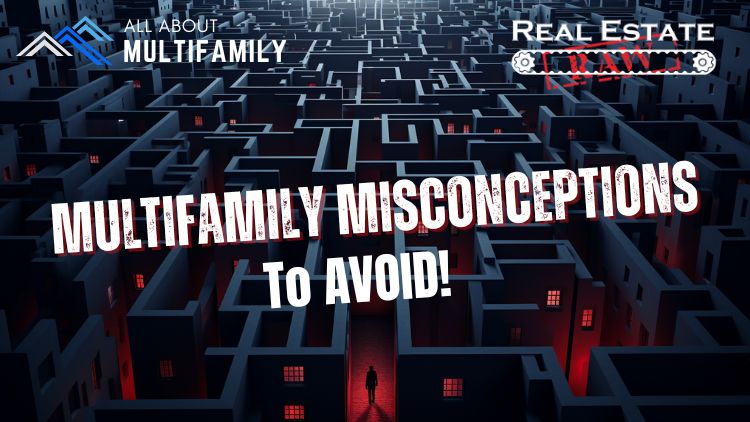

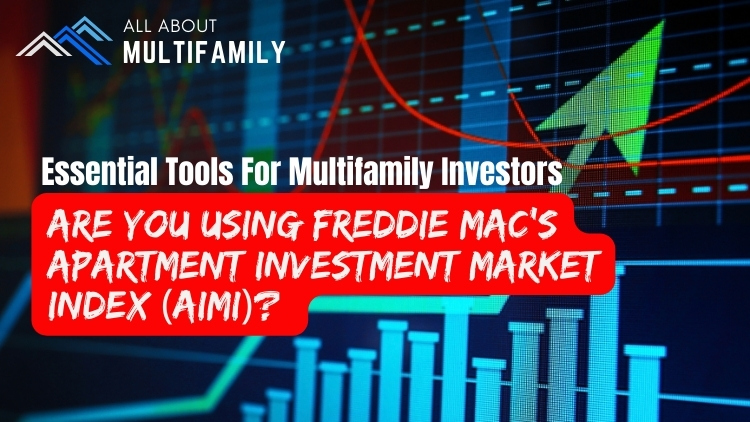



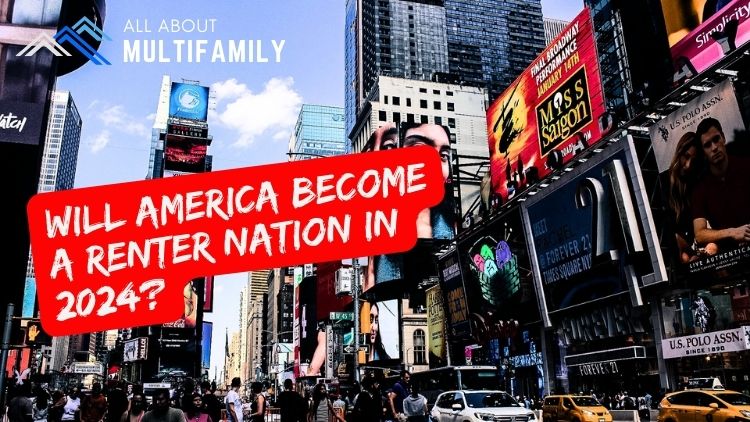
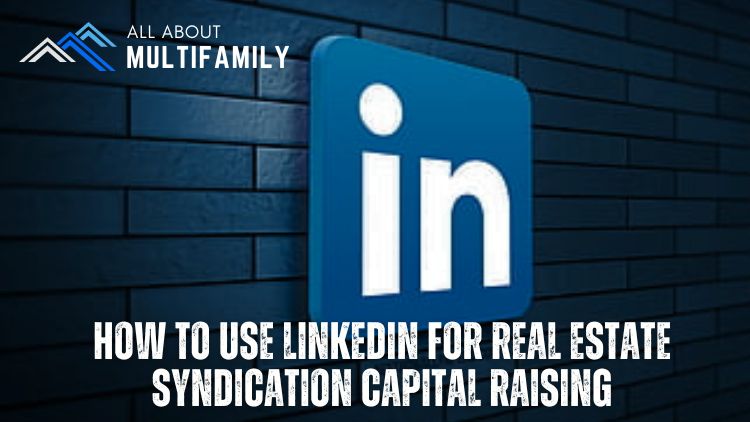
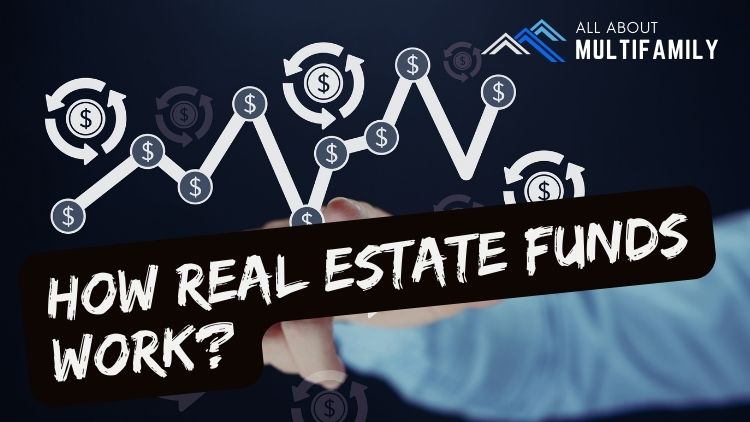


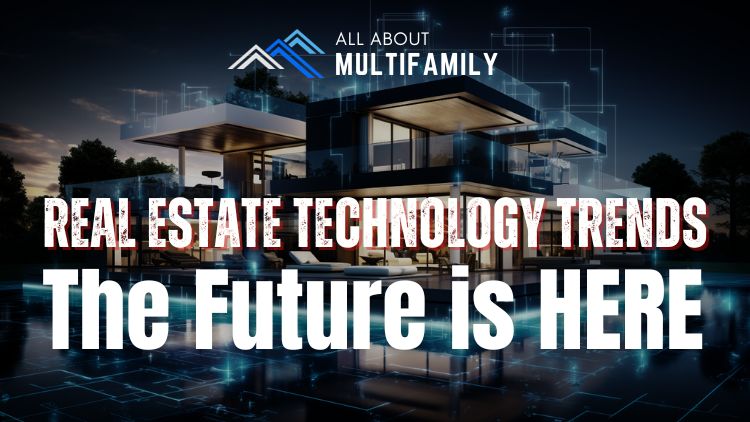


![An In-Depth Look at Jake and Gino's Coaching Program [A Review]](https://allaboutmultifamilyinvesting.com/wp-content/uploads/2023/10/AAM-BMP-Blog-Covers-750-×-422px-6.jpg)


![Email Marketing Tips for Multifamily Real Estate Syndicators to Raise Capital [Templates included]](https://allaboutmultifamilyinvesting.com/wp-content/uploads/2023/09/AAM-BMP-Blog-Covers-750-×-422px-4.jpg)
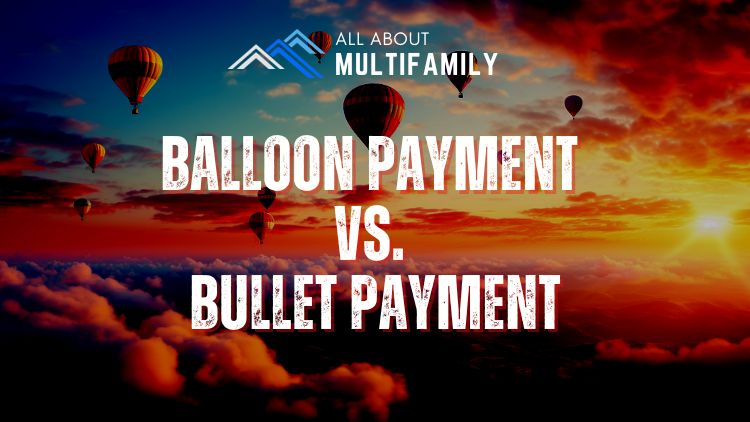
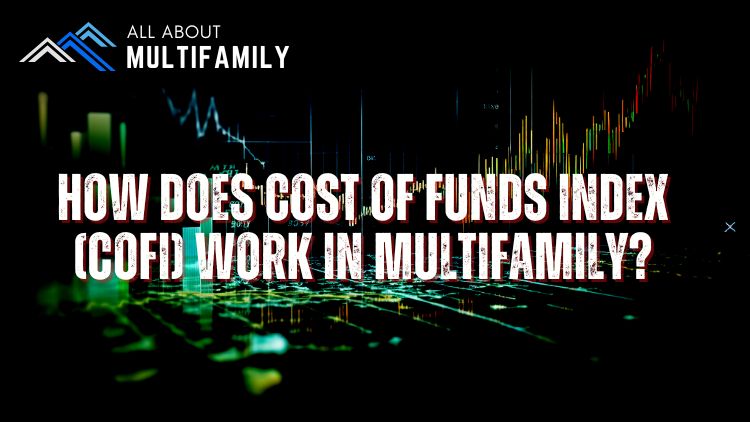




![The Richest Kids In America [Book Review]](https://allaboutmultifamilyinvesting.com/wp-content/uploads/2023/09/AAM-BMP-Blog-Covers-750-×-422px-84.jpg)


